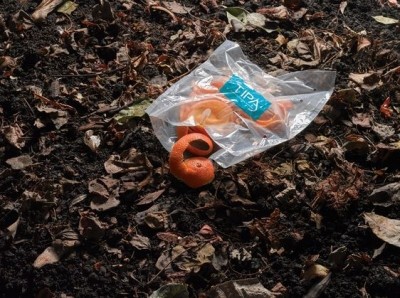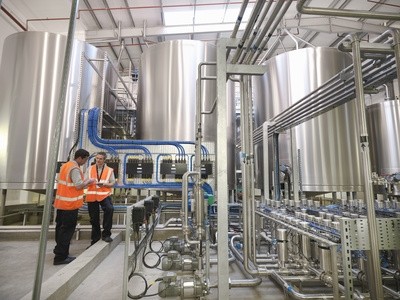'Robust' growth for biodegradable plastics in Europe

But the sector still faces the expense of developing packaging specifically for food use, and the reduced performance of biodegradable plastics when exposed to high temperatures or variations in pH.
Karan Chechi, research director, TechSci Research, told FoodProductionDaily.com the European biodegradable plastics market is forecast to grow at CAGR 12% from 2014 to 2019, with the food and drink section taking its share.
High temperatures, variations in pH
“Biodegradable plastics are gradually increasing their presence in fast food and bottled water packaging,” said Chechi.
“Starch and PLA have emerged as the most widely used polymers for food and beverage packaging applications. The environmental benefits of these biodegradable plastics are the lower energy required for production, lower greenhouse gas emissions, and lack of toxin release,” he added.
TechSci Research reports growing investment in research and development in the bioplastics sector - by both public and private sectors – but the expense is an issue.
“Challenges are the R&D expense of going into development of packaging specific to food, and the reduced performance and stability issues when packaging is exposed to high temperature or varied pH,” said Chechi.
Multilayer packaging
“Biodegradable plastics for food and beverage packaging require the use of non-toxic, GM free polymers, which are approved by regulatory agencies and protect the quality of food items underneath.
"Biodegradable plastics that have been specially developed for food and beverages need to exhibit properties such as gas permeability, high tensile strength and chemical resistance.
“An effective development to maintain the performance of packaging while using a biodegradable polymer is the use of multilayer packaging, in order to perform the same function of a conventional plastic.
European Union countries have a dominant share in the overall European biodegradable plastics market, with Italy, Germany and France leading the way.
“The driving factors for steady growth in biodegradable plastics in these countries include consumer awareness against the use of non-biodegradable plastics, the prohibition on the sale of plastic shopping bags, and a relaxation in taxes and other duties on the use of biodegradable plastics for food packaging material, shopping bags, disposable goods, etc,” he said.






